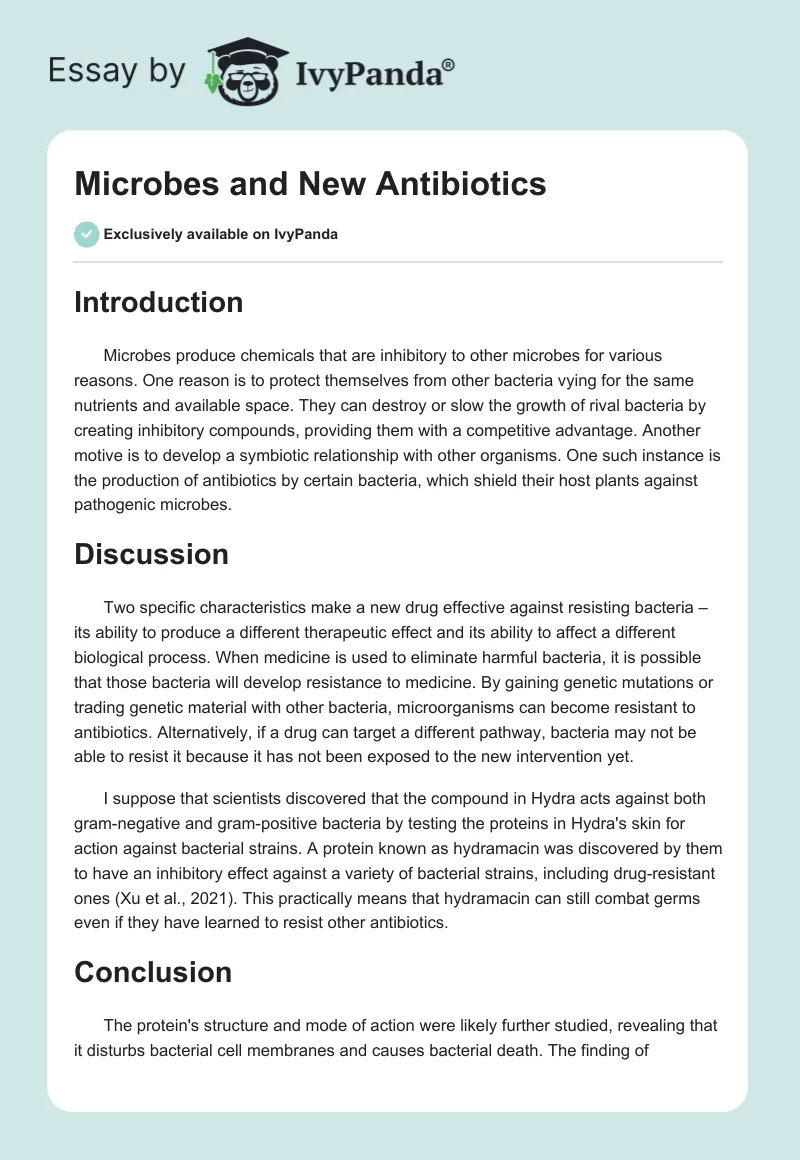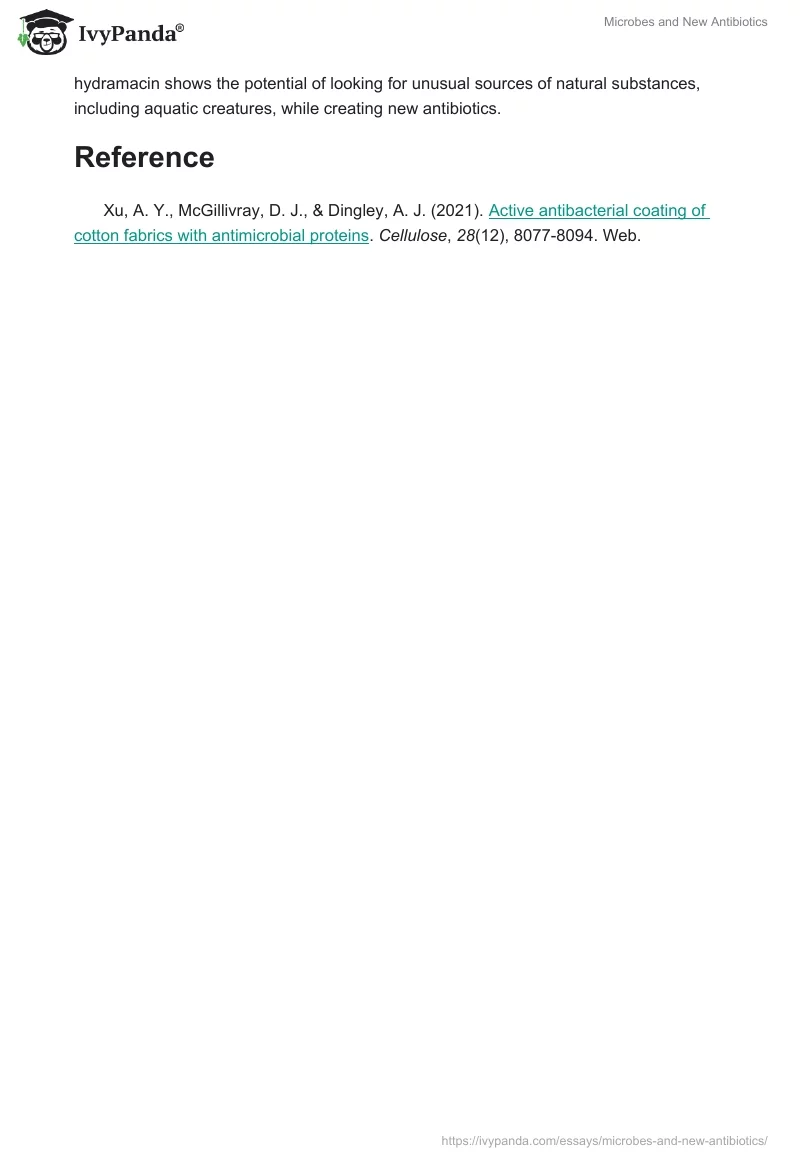Introduction
Microbes produce chemicals that are inhibitory to other microbes for various reasons. One reason is to protect themselves from other bacteria vying for the same nutrients and available space. They can destroy or slow the growth of rival bacteria by creating inhibitory compounds, providing them with a competitive advantage. Another motive is to develop a symbiotic relationship with other organisms. One such instance is the production of antibiotics by certain bacteria, which shield their host plants against pathogenic microbes.
Discussion
Two specific characteristics make a new drug effective against resisting bacteria – its ability to produce a different therapeutic effect and its ability to affect a different biological process. When medicine is used to eliminate harmful bacteria, it is possible that those bacteria will develop resistance to medicine. By gaining genetic mutations or trading genetic material with other bacteria, microorganisms can become resistant to antibiotics. Alternatively, if a drug can target a different pathway, bacteria may not be able to resist it because it has not been exposed to the new intervention yet.
I suppose that scientists discovered that the compound in Hydra acts against both gram-negative and gram-positive bacteria by testing the proteins in Hydra’s skin for action against bacterial strains. A protein known as hydramacin was discovered by them to have an inhibitory effect against a variety of bacterial strains, including drug-resistant ones (Xu et al., 2021). This practically means that hydramacin can still combat germs even if they have learned to resist other antibiotics.
Conclusion
The protein’s structure and mode of action were likely further studied, revealing that it disturbs bacterial cell membranes and causes bacterial death. The finding of hydramacin shows the potential of looking for unusual sources of natural substances, including aquatic creatures, while creating new antibiotics.
Reference
Xu, A. Y., McGillivray, D. J., & Dingley, A. J. (2021). Active antibacterial coating of cotton fabrics with antimicrobial proteins. Cellulose, 28(12), 8077-8094. Web.


